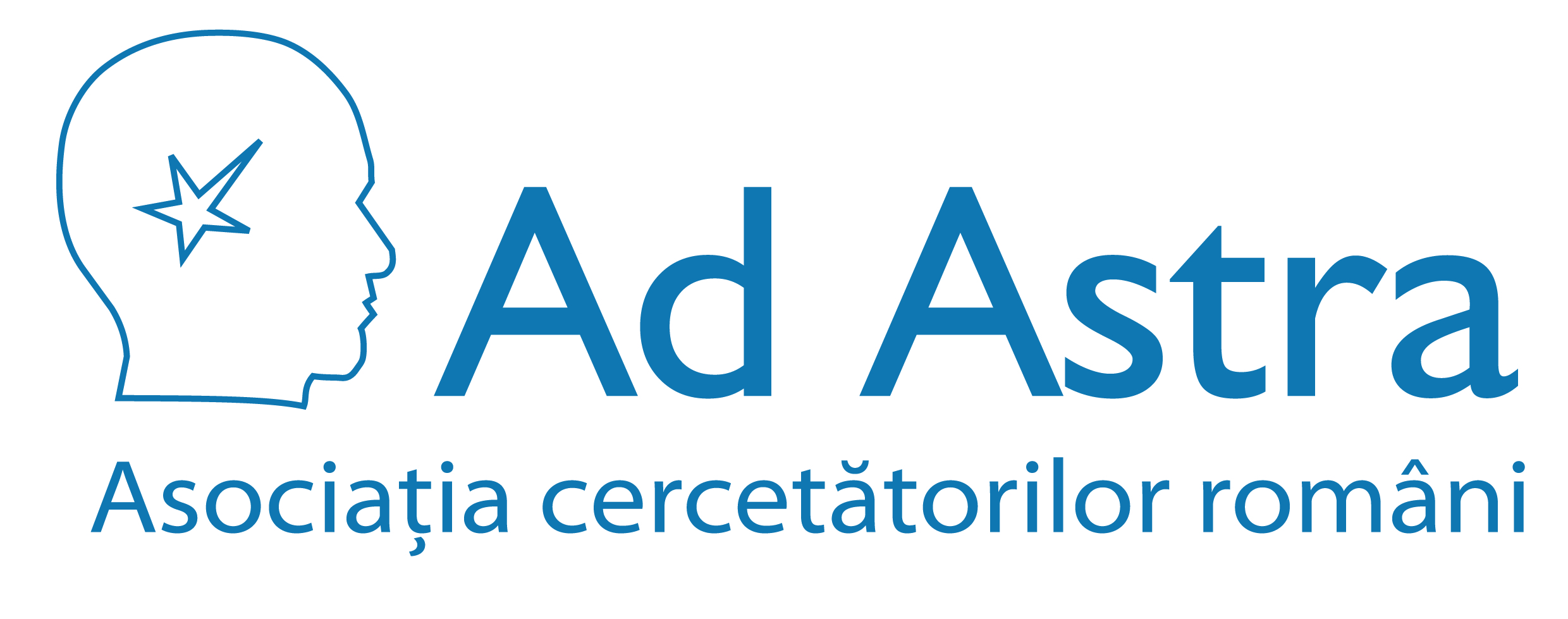Scopul nostru este sprijinirea şi promovarea cercetării ştiinţifice şi facilitarea comunicării între cercetătorii români din întreaga lume.
Staff Login
The July Surface Temperature Lapse in the Romanian Carpathians
Domenii publicaţii > Ştiinţele pământului şi planetare + Tipuri publicaţii > Articol în revistã ştiinţificã
Autori: Cheval S, Dumitrescu A, Petrisor AI
Editorial: Carpathian Journal of Earth and Environmental Sciences, 6(1), p.189-198, 2011.
Rezumat:
Based on July land surface temperature (LST) in the Romanian Carpathians derived from MODIS (Moderate Resolution Imaging Spectroradiometer) images, this paper investigates the vertical thermal lapse and the influence of several factors. The astronomical parameters, atmospheric circulation and geographical factors are relatively similar in the area of interest, so that the influence of elevation, aspect, and land cover becomes more relevant at regional scale. Slope angle has a marginal influence in influencing the daily vertical lapse. In the Romanian Carpathians, the temperature lapse rate of -0.65°C varies considerably both in time, and space, according to local conditions. The LST and air temperature eventually follows a similar diurnal regime, but their lapse rates are different. The screen temperature lapse rate is steeper by daytime, and milder during the night, while the situation reverses for LST. Despite some inherent shortcomings, the spatial and temporal resolution of the MODIS products MOD11_L2 and MYD11_L2 used in this study are suitable for mountain climatology.
Cuvinte cheie: land surface temperature (LST), vertical gradient, MODIS, Carpathians
URL: http://www.ubm.ro/sites/CJEES/actions/actionDownload.php?fileId=149

